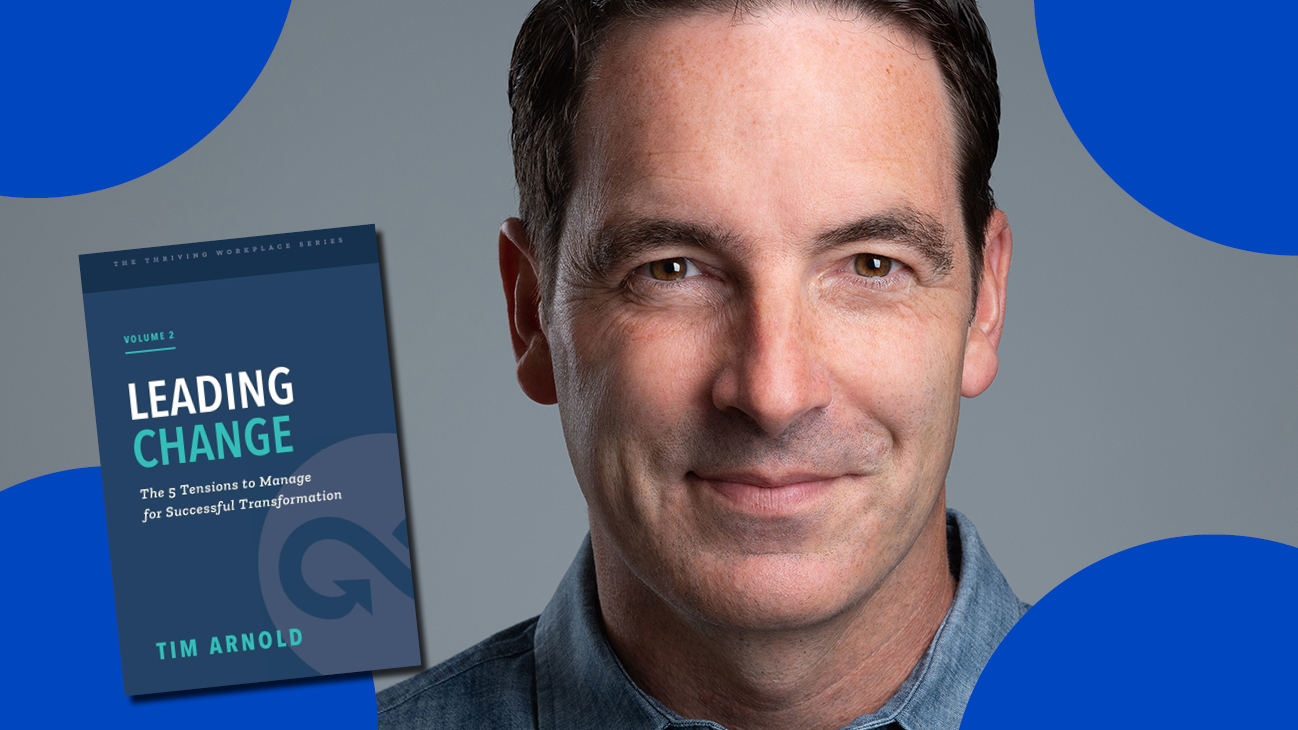Why is it that even when the need for change is blatantly clear, people understand the why behind the change, and they grasp the clear strategy to navigate it, you still come across resistance? You still feel like people are angry about the change and maybe even at you for making them navigate it?
If the why, how, and when are super clear, and yet, people are still resisting and fighting the need to move forward, it often comes down to you as a leader. While you’ve done a great job of explaining the FACTS of change, you may have failed at validating and accommodating the FEELINGS associated with change.
- FACTS: Information, evidence, and strategy that paint a clear picture of the why, how, and when, legitimizing the need for change and instilling confidence moving forward.
- FEELINGS: The emotional rollercoaster individuals ride when navigating change, regardless of their understanding of the change.
Why People Resist Change, Even When It Logically Makes Sense
Daniel Goleman’s research on emotional intelligence sheds light on this dilemma, suggesting that we actually have two brains: a thinking brain and a feeling brain. While the front of our brain (the prefrontal cortex) oversees logic and reason, the back part of our brain (the amygdala) serves as the hub of our emotions and emotional memory.
In times of fear and anxiety, such as during periods of change and uncertainty, our emotional brain can take control, shutting down things like logic, reason, and empathy. This often results in attitudes, opinions, and responses that may be inconsistent with our usual demeanour and values. It’s a classic case of emotional hijacking in which our primal reactions take control, leading to resistance and pushback against change initiatives, even when we understand their necessity and rationale.
In other words, it’s perfectly normal not to feel upbeat about change — even good change — however, the goal is to minimize these emotional hijacks as much as possible. This doesn’t mean shutting down our emotions but rather acknowledging them, understanding what’s triggering them, and determining what we need to do to “wake up” our logical brain. Doing so can prevent us from saying or doing things that we’ll regret.
The Power of People-First Leadership in Change Management
This is when the power of caring leadership and team support comes into play. When everyone recognizes the emotional challenges of change, they can rally around each other, offering understanding and encouragement during moments of frustration and stress. This is also when leaders need to check in more frequently on a one-on-one level with their team members to see where they’re at emotionally and to explore how to support them when they’re struggling with the change.
1. Create space for emotions
Open team meetings with the question, “How are you feeling about the change?” Validate the feelings expressed, showing that you acknowledge and respect their emotional responses. As team members feel heard and supported, you’ll likely see their guards drop and experience better alignment on your change initiatives.
2. Increase one-on-one interactions
Schedule more frequent one-on-eon meetings with team members during high-change periods. This allows for personalized support and helps you gauge individual emotional states.
By implementing these steps, you’ll create an environment that balances both the FACTS and FEELINGS of change, leading to smoother transitions and more effective change management
This article features content from Chapter 3 of Tim Arnold’s new book, Leading Change: The 5 Tensions to Manage for Successful Transformation.
About Leadership Keynote Speaker Tim Arnold
A leadership development and teambuilding expert, Tim Arnold has been helping leaders better manage complexity, increase resilience, and deliver results for over two decades. He is the author of four bestselling books with past clients including United Nations, UPS, Allstate Insurance, Stanford Medicine, and many more.
Having launched and sold a successful for-profit business, pioneered a social enterprise, and led a homeless shelter, Tim’s keynotes and workshops leverage real-world experience to guide leaders and organizations, equipping them with powerful tools to break through chronic issues in their efforts to pursue both profit and purpose. His specialty is helping professionals harness the power of “both/and” thinking in what’s becoming an increasingly “either/or” world.
Contact us to learn more about Tim and what he can bring as a keynote speaker at your next event.




